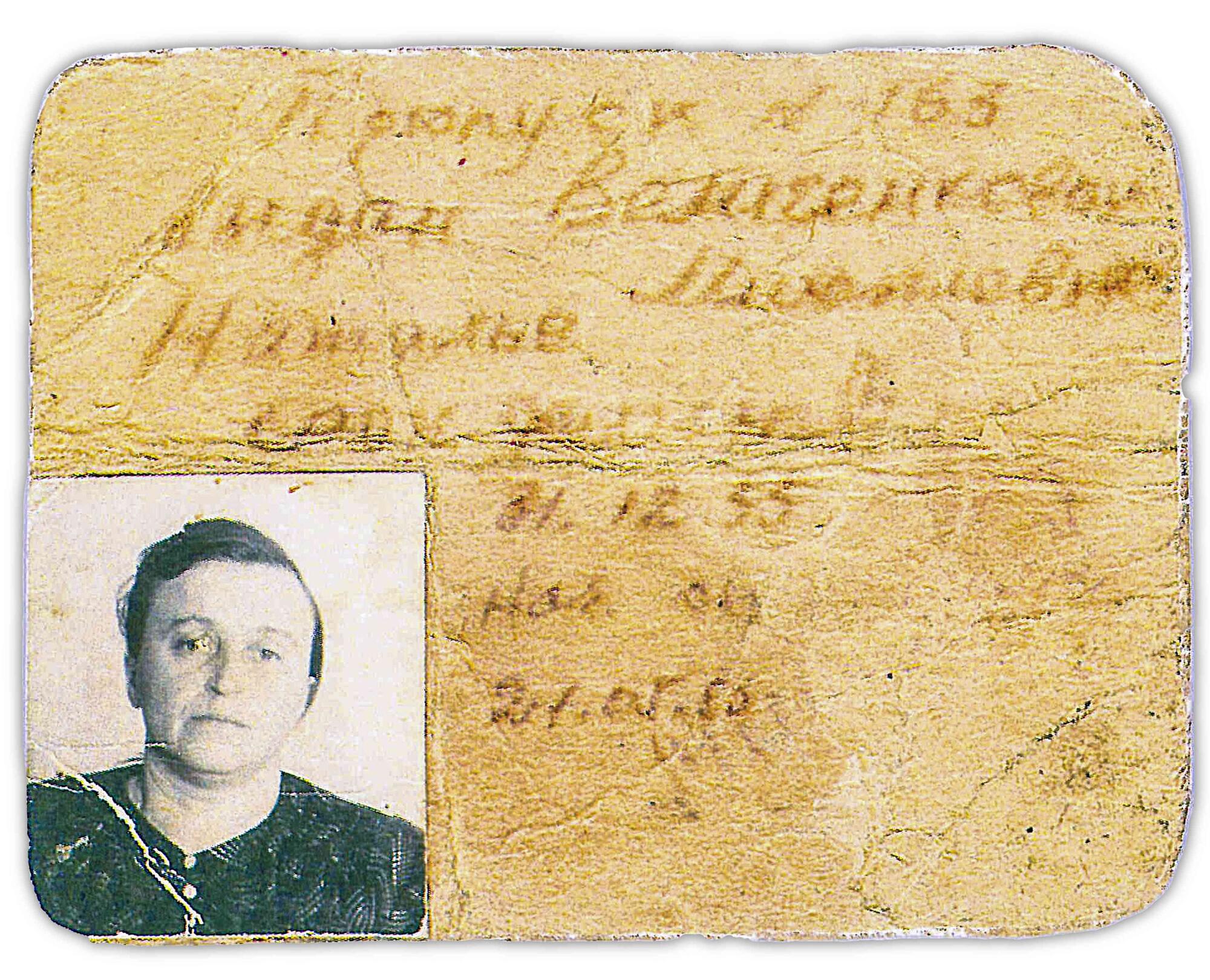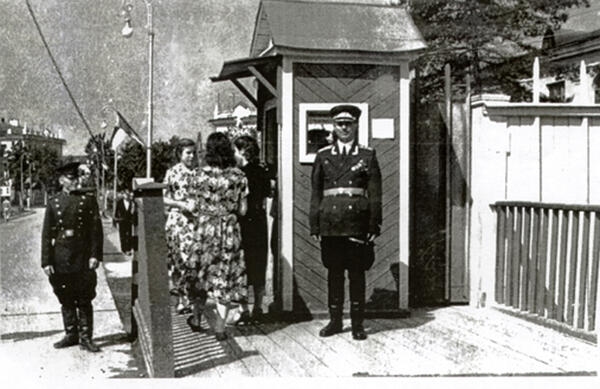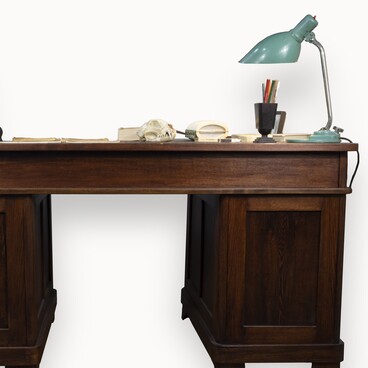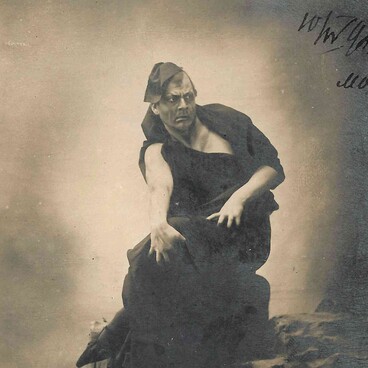Obninsk, Russia’s first science city, began its history as a closed settlement. It was called facility B and was built in a forested area near Obninskoye station in Kaluga Oblast. The settlement was home to employees of the secret Laboratory B, created as part of the Soviet atomic project. A strict secrecy regime was in effect at the site, which was monitored by a special service, the “First Department”. Each employee was thoroughly vetted before being hired. A candidate filled in a detailed questionnaire, provided full information about themselves and only after confirmation did they receive clearance.
Employees were required to sign a pledge of non-disclosure of state secrets. The secret service also monitored the private lives of citizens: they tapped telephone conversations and looked through personal correspondence. To further protect the data in secret documents, employees replaced specific designations with conventional ones.
All enterprises of the nuclear complex had “Regulations on Security and Access Regime”, according to which the entire territory of restricted facilities was lined with two rows of barbed wire. Only people with special access permission could enter the closed settlements of nuclear workers. The most stringent permit system was developed for staff of nuclear enterprises. Most workers had a pass only to their workplace, and to enter another laboratory, they received an additional pass with a limited validity period.
Facility “B” had two checkpoints: one at the entrance to the settlement and one at the entrance to the “Zone”, the area of research facilities, housing blocks and laboratories, which was additionally enclosed by a fence. Young specialists who came to the facility from Moscow by train were advised not to ask anyone about anything and to find their own way to the checkpoint through the forest.
The pass from the Museum of the History of Obninsk belonged to Natalia Mikhailovna Velichenkova, the wife of Petr Adamovich Velichenkov, an employee of the high security department. She was a minor staff member of the secret Laboratory B.
Employees were required to sign a pledge of non-disclosure of state secrets. The secret service also monitored the private lives of citizens: they tapped telephone conversations and looked through personal correspondence. To further protect the data in secret documents, employees replaced specific designations with conventional ones.
All enterprises of the nuclear complex had “Regulations on Security and Access Regime”, according to which the entire territory of restricted facilities was lined with two rows of barbed wire. Only people with special access permission could enter the closed settlements of nuclear workers. The most stringent permit system was developed for staff of nuclear enterprises. Most workers had a pass only to their workplace, and to enter another laboratory, they received an additional pass with a limited validity period.
Facility “B” had two checkpoints: one at the entrance to the settlement and one at the entrance to the “Zone”, the area of research facilities, housing blocks and laboratories, which was additionally enclosed by a fence. Young specialists who came to the facility from Moscow by train were advised not to ask anyone about anything and to find their own way to the checkpoint through the forest.
The pass from the Museum of the History of Obninsk belonged to Natalia Mikhailovna Velichenkova, the wife of Petr Adamovich Velichenkov, an employee of the high security department. She was a minor staff member of the secret Laboratory B.



